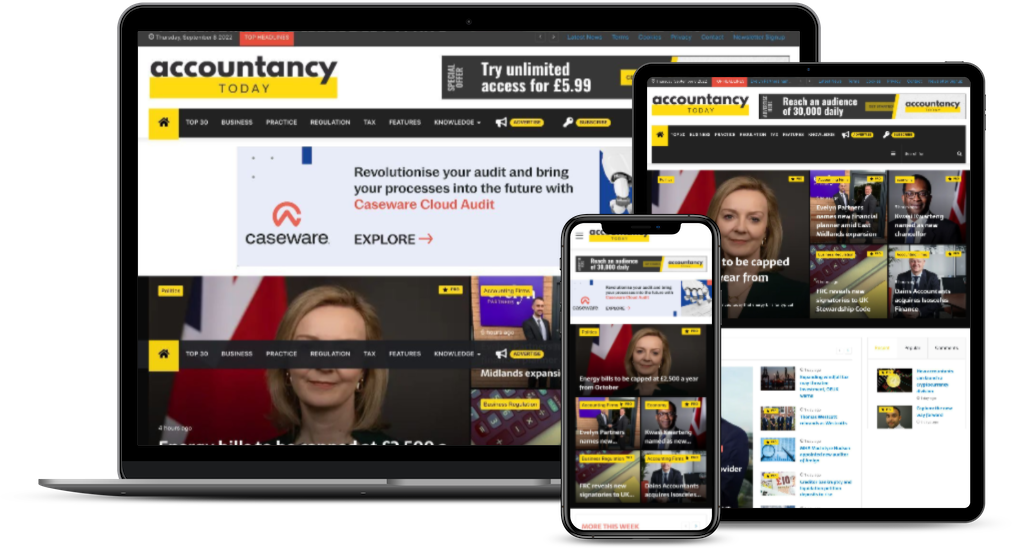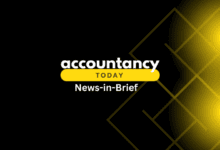
The government announced a series of changes to the R&D tax relief scheme in the summer of 2022. Along with updates to types of qualifying expenditure and the amount of relief there were some administrative changes designed to standardise the claim submission process for all accounting periods starting from 1 April 2023.
The most significant of these was the mandating for all R&D claims to be filed through a new online form. Whilst some claimants will provide a technical report to support their claim there has not previously been any requirement to do so. These changes will therefore likely necessitate an increase in the amount of information over the amount many companies currently provide. With submissions currently varying in both level of detail and format, it seems the changes have been designed to standardise the way in which information is delivered to HMRC and to streamline administration on their side.
More detailed information is now required
The level of detail now required for the submission process raises the standard of data and information that needs to be provided. This will provide HMRC with more detail with which to better assess the claim.
As well as general details on the company itself, including standard industrial classification (SIC) sector codes, VAT numbers and employer PAYE details will be required which will make it easier to cross-check any applicable payable tax credit restrictions.
The form then moves on to request details of total expenditure being claimed and whether the application is for the SME scheme or RDEC (or both).
Information per project is now needed
The new online form contains specific questions that must be answered for each project, including what advance in scientific or technological knowledge did the company aim to achieve and what scientific or technological uncertainties were faced.
In a significant change from the past, details of qualifying expenditure are now needed for each project, as opposed to claiming a single total figure for staff costs across several different projects, for instance.
By making this change, HMRC can better assess the costs claimed per project which may be a move to inform future decisions about which claims or individual projects to scrutinise in detail.
Day-to-day, however, this new requirement means a far more pronounced need for accounting records and tracking costs within the claiming company.
Specific contact details are now required
The form asks for the name and contact number for the person with responsibility for R&D at the applicant company and the name and contact number for their primary agent, which in the majority of cases will be the accountant. Perhaps recognising that many companies claiming R&D tax relief may engage a specialist third party provider, the form also allows the contact details for additional agents to be provided if applicable.
As such, because accountants should not knowingly submit the form if they are unaware of the details of the claim, there will now be more onus for full visibility and transparency over what is being claimed for. As part of this process, accountants will need to be confident that a third party provider has undertaken the calculations correctly.
New requirement to notify HMRC
An additional change is the requirement for a company to notify HMRC in advance that they will be making a claim, where they have not made an R&D claim in the past three accounting years. Notification will need to be made within six months of the accounting year end date.
While the R&D claims process has been changed to deliver information in a more standard format for HMRC and claimants, it creates new challenges for the claimant and their accountants, who will need to be very much part of the process.
As Senior Tax Manager at Markel Tax, Adam Ellerington has worked with companies in a wide range of industries and now maintains a large client portfolio spanning start-ups to large and established corporates.









